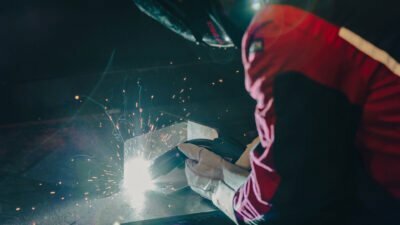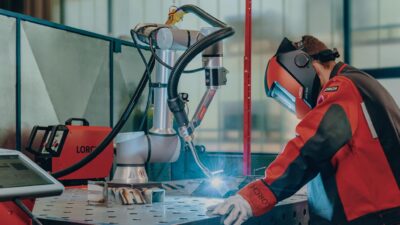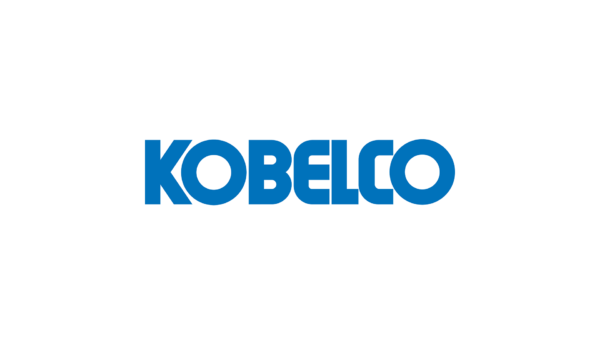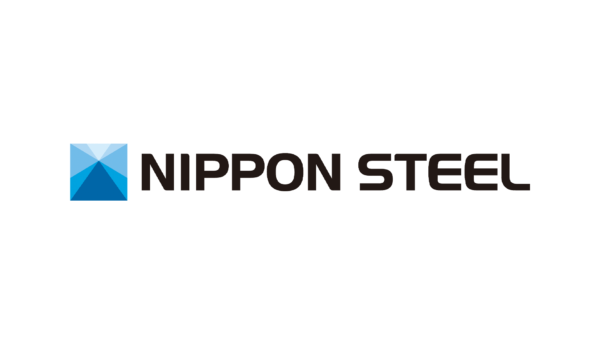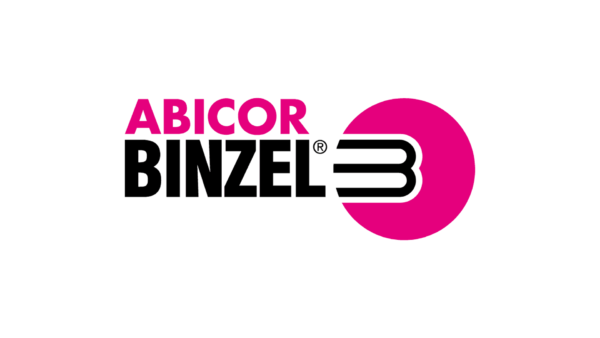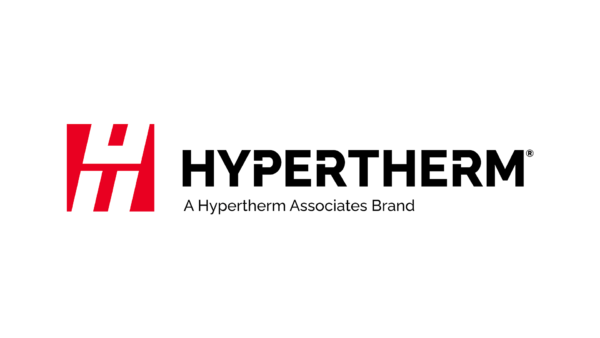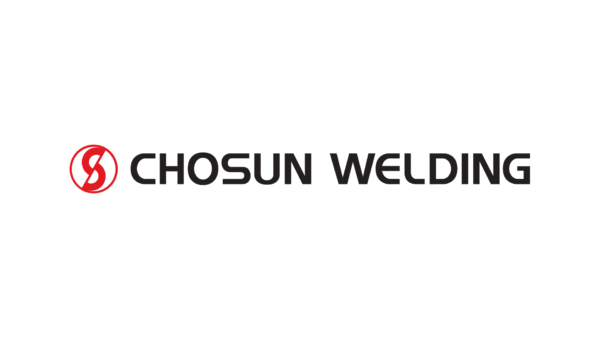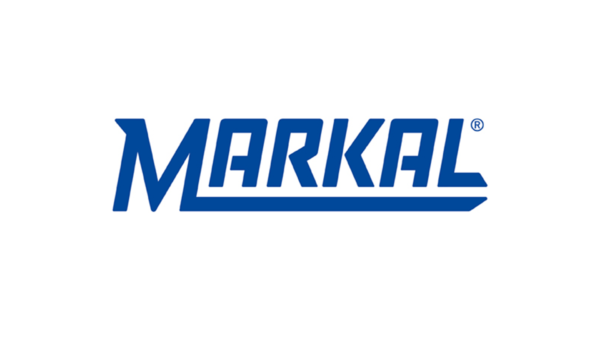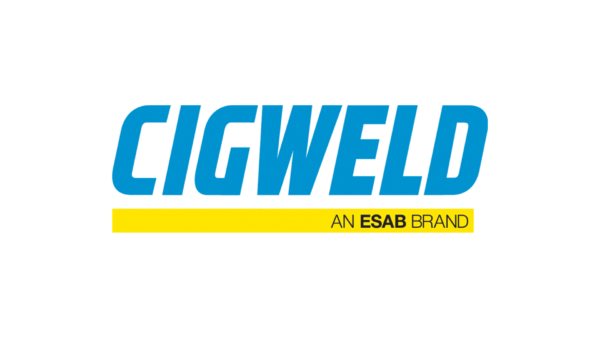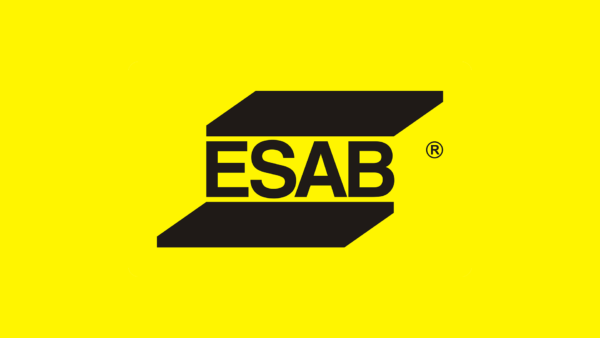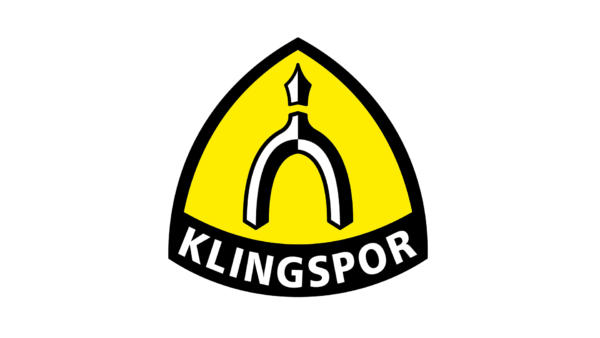HERA’s August issue of MetalBase gave a comprehensive review of Industry 4.0 and its implications. There is so much new technology in all areas of business operation, that it can seem both daunting and expensive to plan your way forward.
Keep this key point in mind: Companies should implement digitalisation to more easily and effectively make a profit.
Digitalization enables in-depth gathering and/or sharing of data, but that needs to be useful targeted data. Applied to manufacturing or fabrication processes, it can enable improvements based on real-time performance and operational data – but only if it is collated methodically, analyzed correctly, and acted upon effectively and efficiently.
The real question to ask is: Can we solve production problems, or streamline our processes, cost-effectively using these technologies?
Take welding for example; all the data generated during a welding task can be monitored, collected, and documented with every variable traceable, on synergic/digitalised welding machines with appropriate software. Large manufacturing/ fabricating businesses churning out high volumes of products, e.g. auto manufacturers; requiring multiple machines and/or robotics, comprehensive digitalized administrative systems, often with high levels of ISO requirements, can utilize and share this data to streamline processes and gain efficiency.
Currently in NZ, our manufacturing/fabrication companies are not so large and much more job-lot orientated, with considerable variation in their work. Automation and digitalisation of this type of operation would be very costly and derive less benefit. As costs come down over time and technologies become more refined and proven, there will be a point where the advantages of the new systems will outweigh the costs. Until then, tread carefully.
In our opinion, the real benefits of new welding technologies for most NZ fabrication companies right now are at the individual machine level – making it easier for the person welding to do so within the required parameters to ensure quality, reduce rework, and improve efficiency. Synergic machines allow easy set-up and adjustment for a welding task, especially if they have the capacity for job memory to hold the parameters for specific tasks. They adjust parameters automatically when just one is changed to optimise welding. Some machines can ‘lock’ the parameters in place to ensure the welder stays with-in the correct range and maintains the quality of the weld.
So, make it easier to make it faster, tighten control for quality and reduction of re-work. These gains are all about improving efficiency but at an affordable and easy to implement level.
Taking it one step further, invest in the most future-proof synergic welding machines to keep your technological options open. The MicorMIG range made by LORCH in Germany can be upgraded both as user demands change and with new technologies as they are developed by LORCH. (One reason why the MicorMIG range won LORCH the Welding World Best Product Supplier Award in 2018).
Industry 4.0 technologies are not one size fits all and run the risk of being a waste of money and time. Change is coming and to remain competitive, you should think about and plan for the future. Look at where you want to be long term and what steps you can take to get there. Automation, robots, etc are the long-term options for many.
Digitalisation in your workshop is a good place to start.


